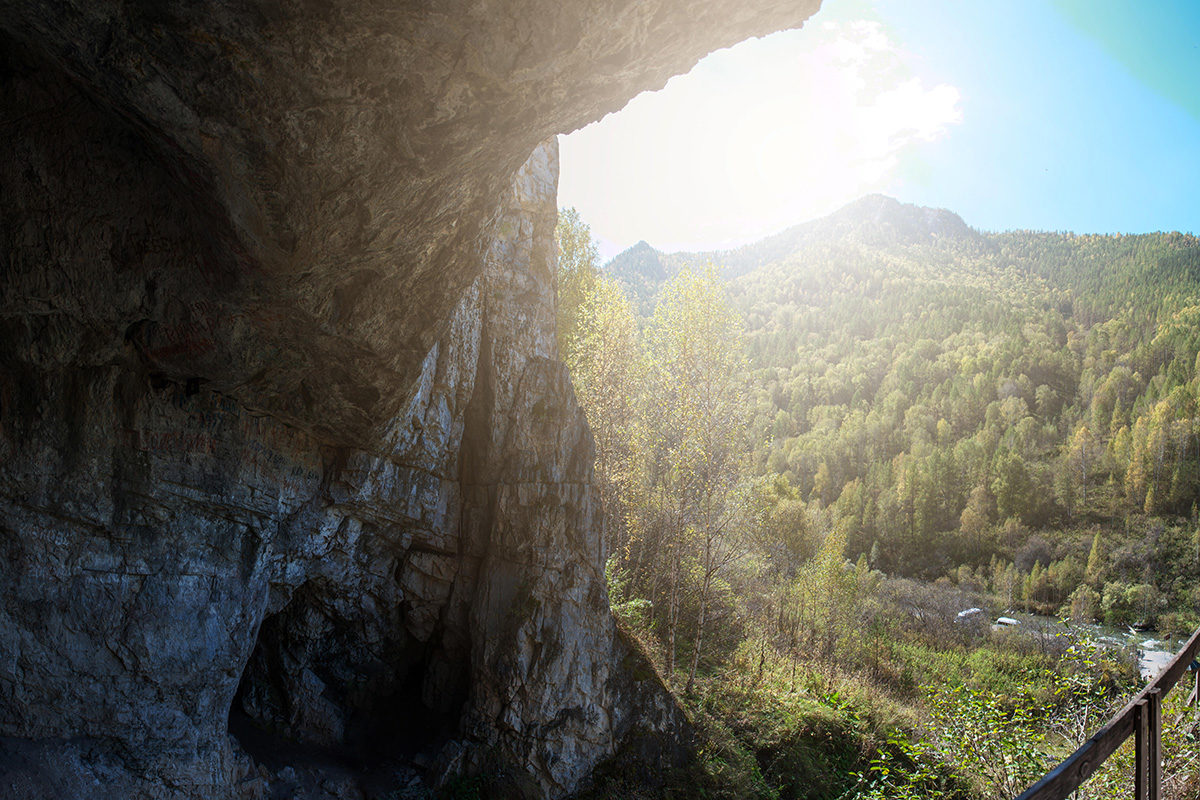
The Denisovans were unknown until 2010, when researchers described a fragment of a girl's finger bone found in Denisova cave in Siberia. Soon afterwards, researchers sequenced its genome from the surviving DNA. The DNA did not belong to any known hominins, such as Neanderthals, so it had to be something new.
What's more, around 5 per cent of the DNA of some Australasians - particularly people from Papua New Guinea - is Denisovan. Humans evidently mated with Denisovans 50,000 or more years ago.
But this posed a puzzle: why were the present-day descendants of Denisovans so far from the Denisovans' Siberian home? The simplest explanation was that Denisovans lived throughout much of Asia, including South East Asia, not just Siberia.
Sharon Browning of the University of Washington in Seattle and her colleagues have now found evidence of a second instance of human-Denisovan interbreeding - on the Asian mainland.



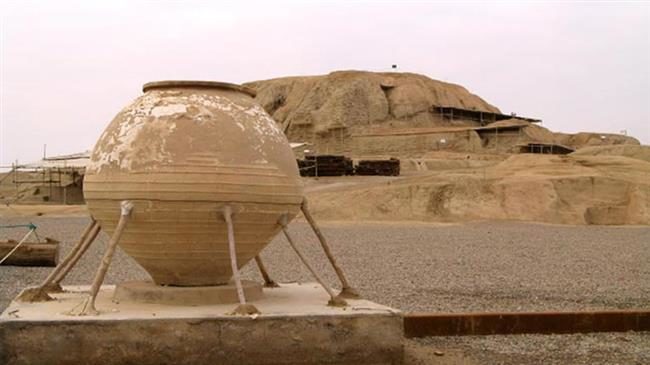
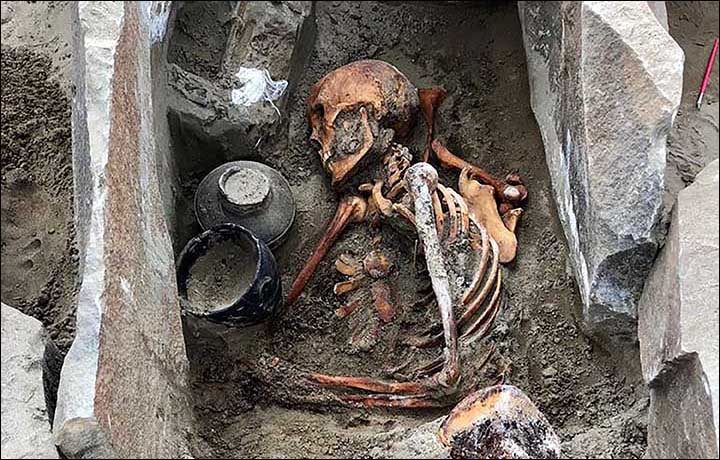

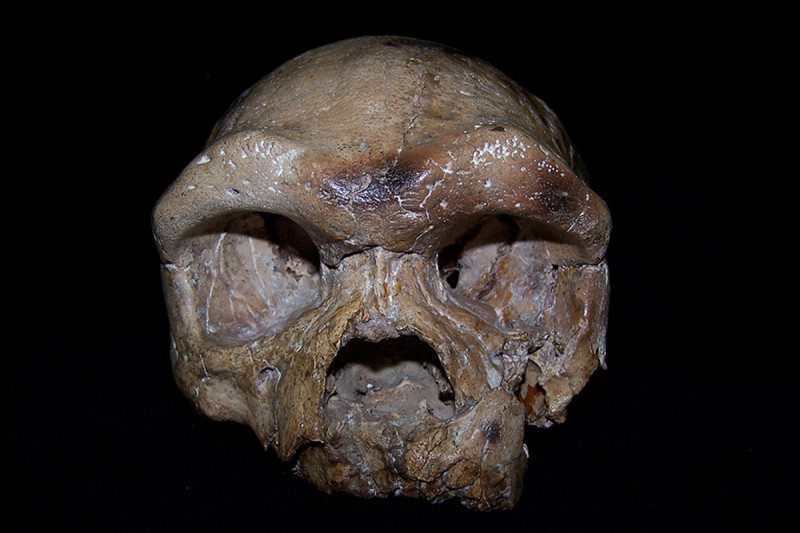
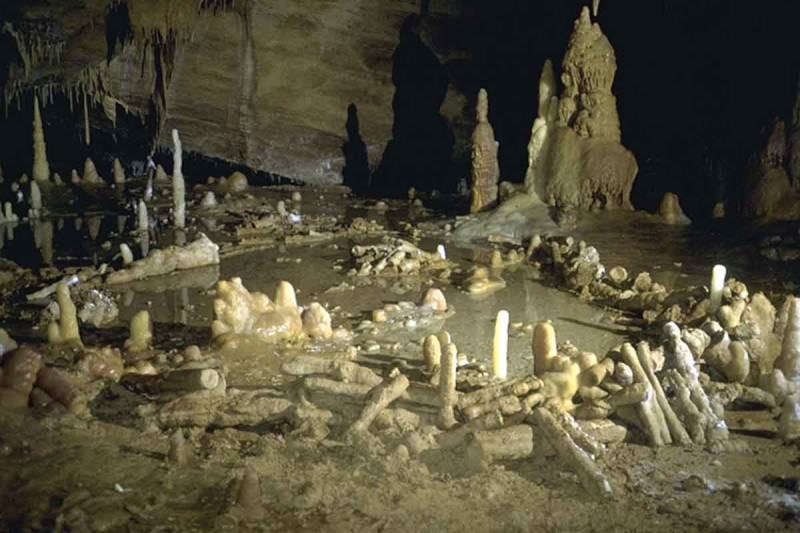
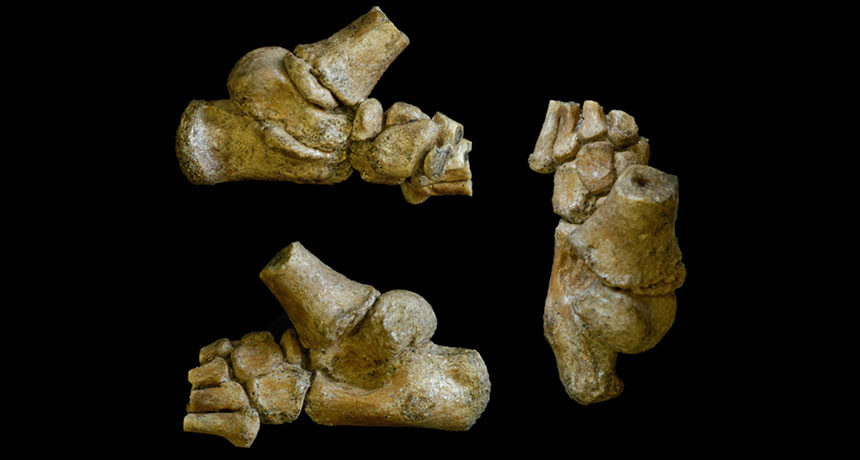



Comment: See also: